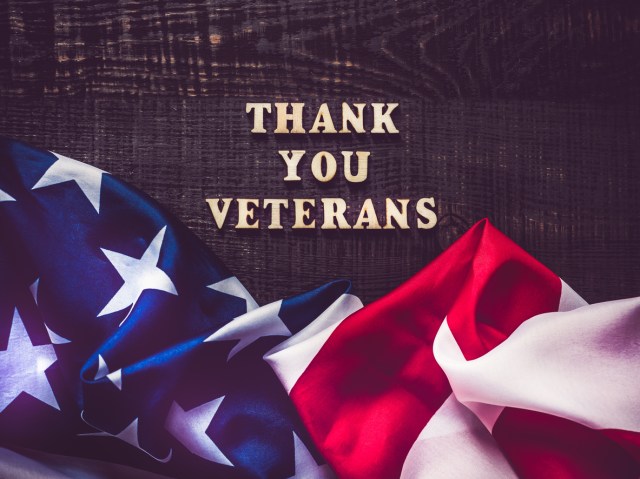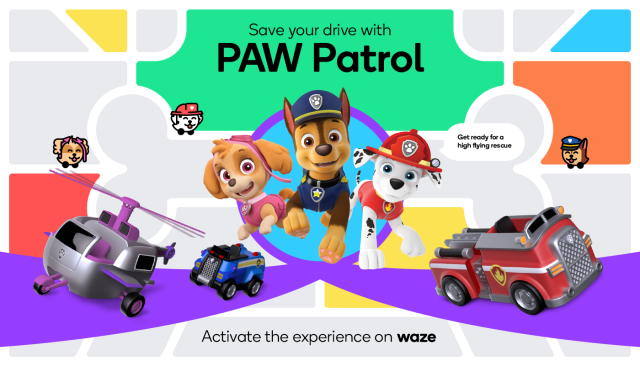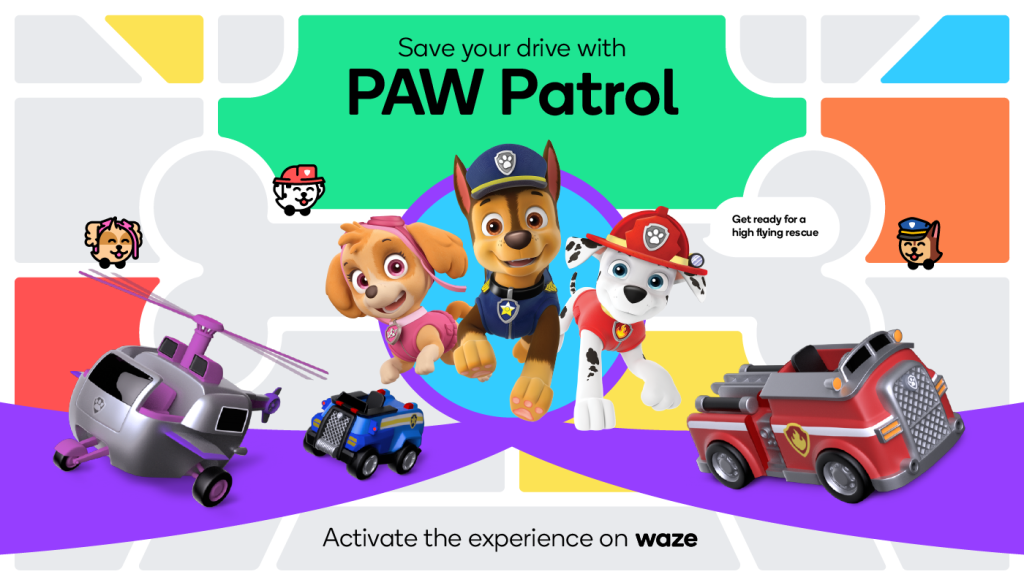photo: iStock
Ah, maternity leave. A time to adjust to parenthood, bond with your new baby, recover from childbirth and not worry about work. Unless you live in the United States, of course. But let’s not make this another depressing story about the sad state of parental leave policies in America. We all know that it sucks.
I’m a child of entrepreneurs who made flexibility for new moms and working moms a thing 25 years before it was a thing. (Is it even really a thing, now?) My dad wasn’t some visionary feminist bleeding-heart. He was a successful business man, who also happened to be a devoted family man, who knew talent when he saw it and wasn’t willing to give it up when babies came into the mix.
So in their small little tech company in the ’90s, he turned an empty office room into a pumping room/nursery where new moms could bring their babies in to work for their first six months. And guess what? He had a 100 percent retention rate on those working moms—and his business was better for it.
Fast forward 20 years when I was pregnant working for a small business not covered by FMLA or its state equivalent. I turned to my dad’s vision for some negotiating tactics when I had to fight for even one day off. Here’s my takeaway.
Bring up your need for maternity leave early.
If you work for a small company that is anything like the one I worked for when I was pregnant with my daughter, you have non-existent maternity leave policies from a non-existent HR department. The whole company flies by the seat of its pants when it comes to decisions about maternity leave, and you’re terrified to even mention it. But hear me out: you need to mention it. And soon. Don’t wait to have this conversation until you’re a week from heading out the door to have your baby.
I was petrified to tell my managing partner I was pregnant. I was the only female attorney and when I finally did tell them at 15 weeks pregnant, for no other reason than I was worried they’d get wise to my growing bump, I qualified my “I’m pregnant” with “but don’t worry, I’m more committed to my billable hours than ever and you won’t even notice a difference and I’m going to work until I have the baby, and please don’t hate me ohmygod I’m so sorry my husband and I decided to start a family because this is so inconvenient for you.”
Whether planned or a surprise, having a baby shouldn’t feel like a burden to your or your company. The earlier you have the discussion, the more time both you and your company can come up with a plan that works for everyone.
Try to consider and understand your company’s view, too.
Part of the reason the United States doesn’t have any statutory parental leave policies in place is because we view small businesses as the back-bone of this country, so there is a lot of concern about the burden it places on the business to pay you, or even to hold your job, while you take even this necessary time off.
Take my experience, for example. I was at a firm with only five attorneys, including the partners. For me to be gone for any amount of time, they either have to spread all my work amongst the remaining attorneys (truly impossible) or hire a contract attorney. Attorneys are expensive, and there’s a major learning curve to take on a load of clients in the middle of big, complex transactions. By the time the temporary attorney would get their bearings, I’d be back. And a small firm sure as hell can’t afford to pay two attorneys for one job.
Keep this reality in mind when you go in to negotiate some time off. This isn’t only about you. This is about the company, too. Be ready to find a middle ground.
Get creative.
An estimated 80 percent of companies are not federally mandated to hold your job for 12 weeks under the Family and Medical Leave Act. If you work for one of these companies, how do you negotiate your maternity leave?
First, think long and hard about what is it that you want. Are you okay with not getting paid but you really want a few months off to bond with your new babe? Can’t afford to take unpaid leave but the thought of going back after a few weeks makes you sick?
If it’s more time you want, find a way to pitch so that it’s a win for them. Can you help them find a temp to fill in for you? Did you take on additional work for someone else when they were on leave and you can suggest the same accommodation can be made for you? If you’re a valuable asset to the company, you’d be surprised how much leeway they will be willing to give. Ask for the extra time off.
If you need (or want) the money, but you need to ease into it, talk about part-time or work-from-home options. You can suggest signing a trial-period contract that is results-driven with clear metrics to ensure you’re delivering on your end (no pun intended). Who knows: if you over deliver on this, you could end up with a permanently adjusted schedule to support that work-life balance.
Don’t be afraid to revisit.
Before you have a baby (or your second or third or fourth), you don’t really know what life will be like. Maybe that career woman will be thrown out the window and you won’t be able to imagine doing anything but raising your child. Maybe, like my sister, you’ll negotiate for four and a half months off and then decide you’re ready to go back a month early. Maybe you’ll want to move to part time after baby number three.
Don’t be rigid in your view. Allow yourself flexibility to address different milestones or needs, both for you and the company.
Personally, I was more than ready to go back to work at 12 weeks, but I ran into a snag when I was rigidly committed to nursing for a year and I wasn’t making enough milk. Literally, my first week back, I did a quick calculation and was going to run out of frozen breast milk in exactly eight days. It was time to make a decision: I could switch to formula or I could talk to my boss.
Have the conversation. (Again.)
I have never had a more awkward conversation in my life than the five-minute discussion where I had to tell my male managing partner that I wasn’t producing enough breast milk and I’d like for them to consider letting me work part-time from home for three more months until I got the baby on solid foods.
He literally tried to cut me off because he was so uncomfortable, but he needed to hear what my issue was, what I needed and how I planned to address it.
We negotiated three months on a part-time salary. I’d go down to two half-days in the office, plus a few hours each day at home. If one deadline was missed or a client complained I wasn’t available, the deal was over. It worked. I was able to get everything done and more—and I happily breastfed my daughter until she was 15 months old.
You never know what wrench will be thrown into your plans. So have a Plan A, B and C—and make sure it’s one that benefits both you and your employer.
But at the end of the day, if you don’t ask, the answer is always no.
Keren is a business owner x2 (flat-fee lawyer and digital marketing operations) in active pursuit of the elusive work-life balance. With a couple of demanding jobs, a husband who travels for work and two little kids, she maintains her sanity by reading and engaging in inappropriate banter with friends, family and strangers.



















































